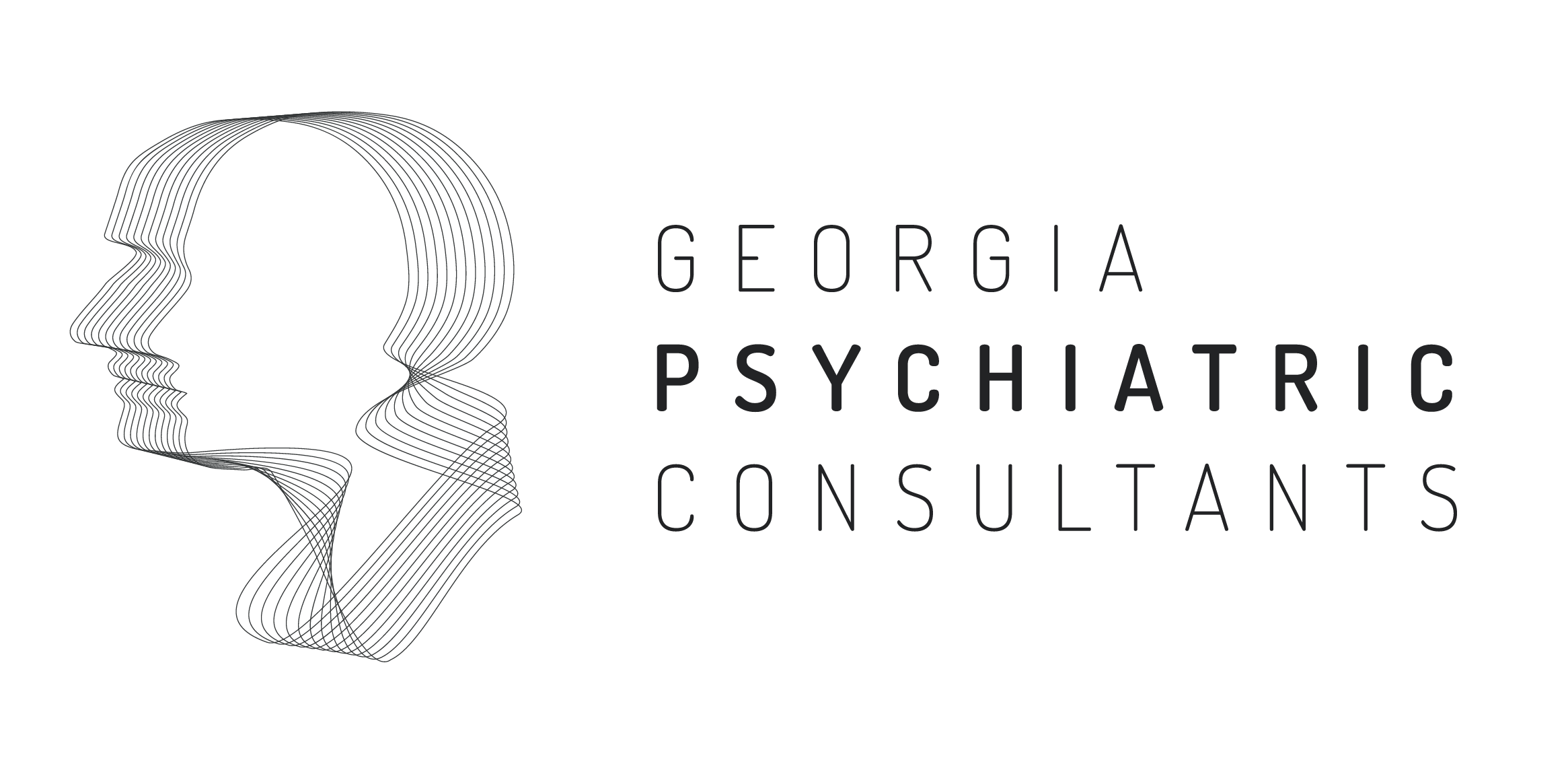
What are Eating Disorders?
An eating disorder is an illness that causes serious disturbances to your everyday diet, such as eating extremely small amounts of food or severely overeating. A person with an eating disorder may have started out just eating smaller or larger amounts of food, but at some point, the urge to eat less or more spiraled out of control. Severe distress or concern about body weight or shape may also signal an eating disorder. Common eating disorders include anorexia nervosa, bulimia nervosa, and binge-eating disorder.
Causes
Researchers are finding that eating disorders are caused by a complex interaction of genetic, biological, behavioral, psychological, and social factors. But many questions still need answers. Researchers are using the latest in technology and science to better understand eating disorders.
One approach involves the study of human genes. Researchers are studying various combinations of genes to determine if any DNA variations are linked to the risk of developing eating disorders.
Neuroimaging studies are also providing a better understanding of eating disorders and possible treatments. One study showed different patterns of brain activity between women with bulimia nervosa and healthy women. Using functional magnetic resonance imaging (fMRI), researchers were able to see the differences in brain activity while the women performed a task that involved self-regulation (a task that requires overcoming an automatic or impulsive response).
Psychotherapy interventions are also being studied. One such study of adolescents found that more adolescents with bulimia nervosa recovered after receiving Maudsley model family-based treatment than those receiving supportive psychotherapy that did not specifically address the eating disorder.
Researchers are studying questions about behavior, genetics, and brain function to better understand risk factors, identify biological markers, and develop specific psychotherapies and medications that can target areas in the brain that control eating behavior. Neuroimaging and genetic studies may provide clues for how each person may respond to specific treatments for these medical illnesses.
Signs & Symptoms
Anorexia nervosa
Many people with anorexia nervosa see themselves as overweight, even when they are clearly underweight. Eating, food, and weight control become obsessions. People with anorexia nervosa typically weigh themselves repeatedly, portion food carefully, and eat very small quantities of only certain foods. Some people with anorexia nervosa may also engage in binge-eating followed by extreme dieting, excessive exercise, self-induced vomiting, and/or misuse of laxatives, diuretics, or enemas.
Some who have anorexia nervosa recover with treatment after only one episode. Others get well but have relapses. Still others have a more chronic, or long-lasting, form of anorexia nervosa, in which their health declines as they battle the illness.
Anorexia nervosa displays the following symptoms:
- Extreme thinness (emaciation)
- A relentless pursuit of thinness and unwillingness to maintain a normal or healthy weight
- Intense fear of gaining weight
- Distorted body image, a self-esteem that is heavily influenced by perceptions of body weight and shape, or a denial of the seriousness of low body weight
- Lack of menstruation among girls and women
- Extremely restricted eating.
Other symptoms may develop over time, including:
- Thinning of the bones (osteopenia or osteoporosis)
- Brittle hair and nails
- Dry and yellowish skin
- Growth of fine hair all over the body (lanugo)
- Mild anemia and muscle wasting and weakness
- Severe constipation
- Low blood pressure, slowed breathing and pulse
- Damage to the structure and function of the heart
- Brain damage
- Multiorgan failure
- Drop in internal body temperature, causing a person to feel cold all the time
- Lethargy, sluggishness, or feeling tired all the time
- Infertility.
Bulimia nervosa
Patients with bulimia nervosa have recurrent and frequent episodes of eating unusually large amounts of food and feeling a lack of control over these episodes. This binge-eating is followed by behavior that compensates for the overeating such as forced vomiting, excessive use of laxatives or diuretics, fasting, excessive exercise, or a combination of these behaviors.
Unlike anorexia nervosa, people with bulimia nervosa usually maintain what is considered a healthy or normal weight, while some are slightly overweight. But like people with anorexia nervosa, they often fear gaining weight, want desperately to lose weight, and are intensely unhappy with their body size and shape. Usually, bulimic behavior is done secretly because it is often accompanied by feelings of disgust or shame. The binge-eating and purging cycle happens anywhere from several times a week to many times a day.
Other symptoms include:
- Chronically inflamed and sore throat
- Swollen salivary glands in the neck and jaw area
- Worn tooth enamel, increasingly sensitive and decaying teeth as a result of exposure to stomach acid
- Acid reflux disorder and other gastrointestinal problems
- Intestinal distress and irritation from laxative abuse
- Severe dehydration from purging of fluids
- Electrolyte imbalance (too low or too high levels of sodium, calcium, potassium and other minerals) which can lead to heart attack.
Binge-eating disorder
With binge-eating disorder a person loses control over his or her eating. Unlike bulimia nervosa, periods of binge-eating are not followed by purging, excessive exercise, or fasting. As a result, people with binge-eating disorder often are over-weight or obese. People with binge-eating disorder who are obese are at higher risk for developing cardiovascular disease and high blood pressure. They also experience guilt, shame, and distress about their binge-eating, which can lead to more binge-eating.
Who Is At Risk?
Eating disorders frequently appear during the teen years or young adulthood but may also develop during childhood or later in life.
It is unknown how many adults and children suffer with other serious, significant eating disorders, including one category of eating disorders called eating disorders not otherwise specified (EDNOS). EDNOS includes eating disorders that do not meet the criteria for anorexia or bulimia nervosa. Binge-eating disorder is a type of eating disorder called EDNOS. EDNOS is the most common diagnosis among people who seek treatment.
Like females who have eating disorders, males also have a distorted sense of body image. For some, their symptoms are similar to those seen in females. Others may have muscle dysmorphia, a type of disorder marked by an extreme concern with becoming more muscular. Unlike girls with eating disorders, who mostly want to lose weight, some boys with muscle dysmorphia see themselves as smaller than they really are and want to gain weight or bulk up. Men and boys are more likely to use steroids or other dangerous drugs to increase muscle mass.
Although males with eating disorders exhibit the same signs and symptoms as females, they are less likely to be diagnosed with what is often considered a female disorder. More research is needed to understand the unique features of these disorders among males.
Diagnosis
Eating disorders are real, treatable medical illnesses. They frequently coexist with other illnesses such as depression, substance abuse, or anxiety disorders. Some symptoms can become life-threatening if a person does not receive treatment. People with anorexia nervosa are 18 times more likely to die early compared with people of similar age in the general population.
Treatment
Adequate nutrition, reducing excessive exercise, and stopping purging behaviors are the foundations of treatment. Specific forms of psychotherapy, or talk therapy, and medication are effective for many eating disorders. However, in more chronic cases, specific treatments have not yet been identified. Treatment plans often are tailored to individual needs and may include one or more of the following:
- Individual, group, and/or family psychotherapy
- Medical care and monitoring
- Nutritional counseling
- Medications.
Some patients may also need to be hospitalized to treat problems caused by malnutrition or to ensure they eat enough if they are very underweight.
Treating anorexia nervosa
Treating anorexia nervosa involves three components:
- Restoring the person to a healthy weight
- Treating the psychological issues related to the eating disorder
- Reducing or eliminating behaviors or thoughts that lead to insufficient eating and preventing relapse.
Some research suggests that the use of medications, such as antidepressants, antipsychotics, or mood stabilizers, may be modestly effective in treating patients with anorexia nervosa. These medications may help resolve mood and anxiety symptoms that often occur along with anorexia nervosa. It is not clear whether antidepressants can prevent some weight-restored patients with anorexia nervosa from relapsing. Although research is still ongoing, no medication yet has shown to be effective in helping someone gain weight to reach a normal level.
Different forms of psychotherapy, including individual, group, and family-based, can help address the psychological reasons for the illness. In a therapy called the Maudsley approach, parents of adolescents with anorexia nervosa assume responsibility for feeding their child. This approach appears to be very effective in helping people gain weight and improve eating habits and moods. Shown to be effective in case studies and clinical trials, the Maudsley approach is discussed in some guidelines and studies for treating eating disorders in younger, nonchronic patients.
Other research has found that a combined approach of medical attention and supportive psychotherapy designed specifically for anorexia nervosa patients is more effective than psychotherapy alone. The effectiveness of a treatment depends on the person involved and his or her situation. Unfortunately, no specific psychotherapy appears to be consistently effective for treating adults with anorexia nervosa. However, research into new treatment and prevention approaches is showing some promise. One study suggests that an online intervention program may prevent some at-risk women from developing an eating disorder. Also, specialized treatment of anorexia nervosa may help reduce the risk of death.
Treating bulimia nervosa
As with anorexia nervosa, treatment for bulimia nervosa often involves a combination of options and depends upon the needs of the individual. To reduce or eliminate binge-eating and purging behaviors, a patient may undergo nutritional counseling and psychotherapy, especially cognitive behavioral therapy (CBT), or be prescribed medication. CBT helps a person focus on his or her current problems and how to solve them. The therapist helps the patient learn how to identify distorted or unhelpful thinking patterns, recognize, and change inaccurate beliefs, relate to others in more positive ways, and change behaviors accordingly.
CBT that is tailored to treat bulimia nervosa is effective in changing binge-eating and purging behaviors and eating attitudes. Therapy may be individual or group-based.
Some antidepressants, such as fluoxetine (Prozac), which is the only medication approved by the U.S. Food and Drug Administration (FDA) for treating bulimia nervosa, may help patients who also have depression or anxiety. Fluoxetine also appears to help reduce binge-eating and purging behaviors, reduce the chance of relapse, and improve eating attitudes.
Treating binge-eating disorder
Treatment options for binge-eating disorder are similar to those used to treat bulimia nervosa. Psychotherapy, especially CBT that is tailored to the individual, has been shown to be effective. Again, this type of therapy can be offered in an individual or group environment.
Fluoxetine and other antidepressants may reduce binge-eating episodes and help lessen depression in some patients.




